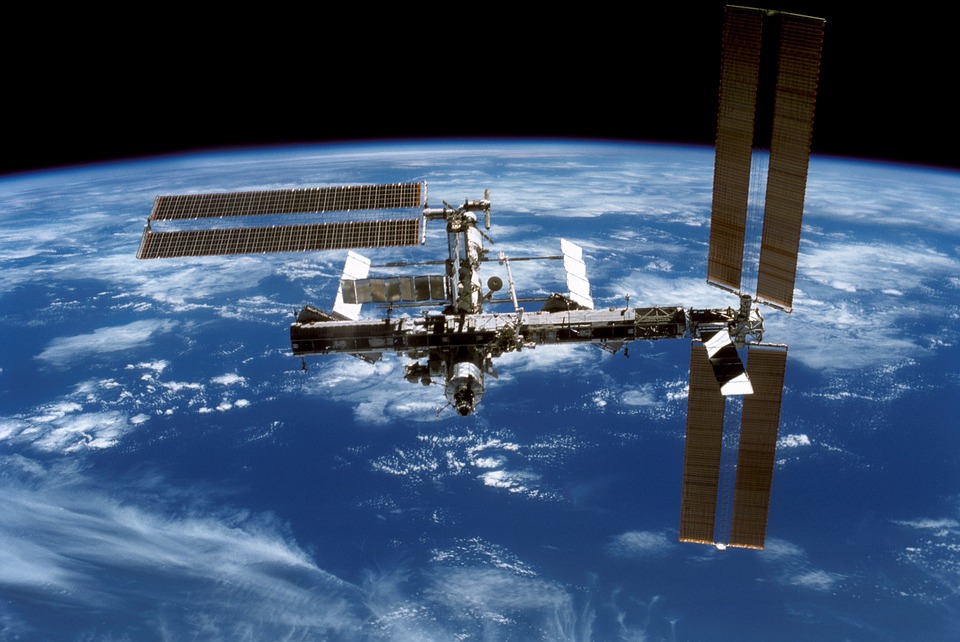Science News Roundup: NASA's Artemis moon rocket's main fuel tanks filled for debut launch; Japan extends participation in International Space Station to 2030 and more
The 32-story Space Launch System (SLS) rocket was due to blast off from Cape Canaveral in Florida at 1:04 a.m. EST (0604 GMT) on Wednesday to send its Orion capsule on a 25-day test flight around the moon and back without astronauts aboard. Japan extends participation in International Space Station to 2030 Japan will extend its participation in the International Space Station (ISS) programme to 2030, education and science minister Keiko Nagaoka said on Friday, following the footsteps of ally the United States.

Following is a summary of current science news briefs.
NASA's Artemis moon rocket's main fuel tanks filled for debut launch
Ground teams at Kennedy Space Center on Tuesday filled the main fuel tanks of NASA's towering, next-generation moon rocket for its debut launch, a flight to kick off the U.S. space agency's Artemis program 50 years after the last Apollo lunar mission. The 32-story Space Launch System (SLS) rocket was due to blast off from Cape Canaveral in Florida at 1:04 a.m. EST (0604 GMT) on Wednesday to send its Orion capsule on a 25-day test flight around the moon and back without astronauts aboard.
Japan extends participation in International Space Station to 2030
Japan will extend its participation in the International Space Station (ISS) programme to 2030, education and science minister Keiko Nagaoka said on Friday, following the footsteps of ally the United States. The United States pledged in December to keep the ISS operational through to 2030. Among Washington's program partners, which are Russia, Canada, Japan and the 11-nation European Space Agency, Tokyo is the first to join the United States in extending participation.
Lab-grown meat cleared for human consumption by U.S. regulator
The U.S. Food and Drug Administration (FDA) for the first time cleared a meat product grown from animal cells for human consumption, the agency announced on Wednesday. UPSIDE Foods, a company that makes cell-cultured chicken by harvesting cells from live animals and using the cells to grow meat in stainless-steel tanks, will be able to bring its products to market once it has been inspected by the U.S. Department of Agriculture (USDA), said a release from the FDA.
Britain issues first spaceport license ahead of maiden satellite launch
Britain issued its first spaceport license on Wednesday, paving the way for the country's maiden satellite launch later this year as it looks to become Europe's leading space industry player. The license was issued to Spaceport Cornwall.
NASA's Artemis rocketship on course for moon after epic launch
With a dash of launch-pad heroics and 8.8 million pounds (4 million kg) of thrust, NASA's colossal new rocket soared into space for the first time early on Wednesday, sending a next-generation capsule on a crewless voyage around the moon and back 50 years after the final Apollo lunar mission. The U.S. space agency's much-delayed and highly anticipated launch from Florida kicked off Apollo's successor program, Artemis, aimed at returning astronauts to the lunar surface this decade and establishing a sustainable base there as a stepping stone to future human exploration of Mars.
Fossils of car-sized dinosaur-era sea turtle unearthed in Spain
Plying the subtropical seas that washed the coasts of the archipelago that made up Europe 83 million years ago was one of the largest turtles on record, a reptile the size of a small car - a Mini Cooper to be precise - that braved dangerous waters. Researchers on Thursday described remains discovered in northeastern Spain of a turtle named Leviathanochelys aenigmatica that was about 12 feet (3.7 meters) long, weighed a bit under two tons and lived during the Cretaceous Period - the final chapter in the age of dinosaurs. It is Europe's biggest-known turtle.
(With inputs from agencies.)
ALSO READ
"If cricket wants to make headway in USA...": Ian Chappell gives solutions for promotion of sport in United States
England pacer Chris Jordan feels 'unbelievable' after taking hat-trick against United States
India will be biggest economy in world by 2050 followed by China, United States: Asle Toje, Deputy Leader NPPC










